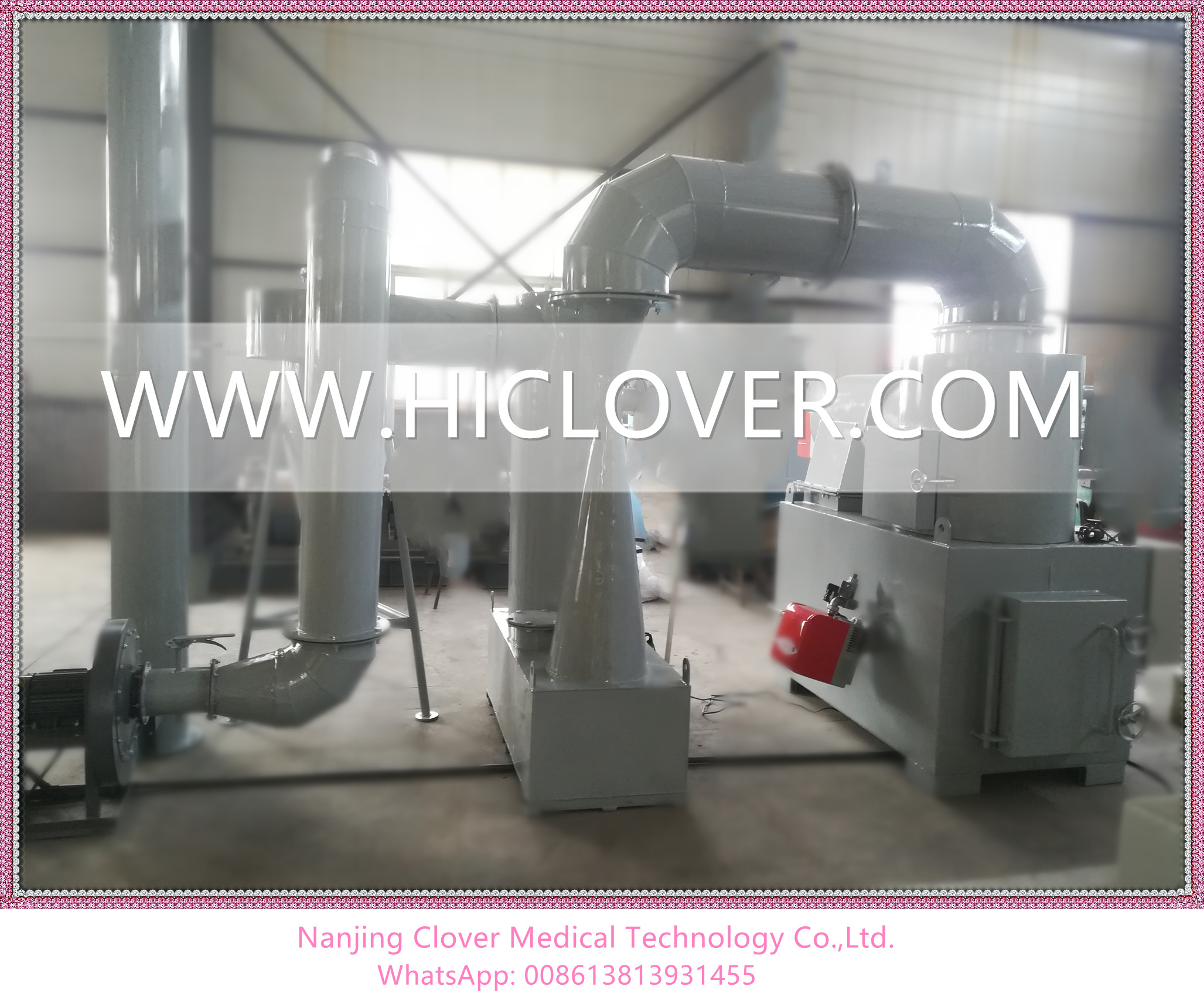Clinical waste transport plays a crucial role in the proper disposal of medical waste generated by healthcare facilities. From hospitals to clinics, all healthcare facilities produce a significant amount of clinical waste, which includes items such as used needles, blood-soaked bandages, and contaminated equipment. While the safe and efficient transportation of this waste is essential for preventing the spread of infections and ensuring public health, it is also important to consider the environmental impact of clinical waste transport.
The transportation of clinical waste can have various environmental implications, including air and water pollution, greenhouse gas emissions, and the potential for accidents and spills. Here is a closer look at the environmental impact of clinical waste transport and the factors that contribute to its effects.
Air and Water Pollution:
Clinical waste is often transported using specialized vehicles that are designed to contain and transport hazardous materials. However, accidents or mishandling during transportation can lead to the release of harmful substances into the air, soil, or waterways. For example, a spill of medical waste on the road could result in the contamination of nearby soil and water sources, posing a risk to local ecosystems and human health.
Greenhouse Gas Emissions:
The transportation of clinical waste typically involves the use of fossil fuel-powered vehicles, such as trucks and vans. These vehicles release carbon dioxide and other greenhouse gases into the atmosphere, contributing to global climate change and air pollution. Additionally, the energy required for the transportation of clinical waste also contributes to the overall carbon footprint of healthcare facilities.
Accidents and Spills:
The transportation of clinical waste presents the risk of accidents and spills, which can have serious environmental consequences. For example, a vehicle transporting medical waste may be involved in a collision, leading to the release of hazardous materials into the environment. Proper handling and packaging of clinical waste are essential to minimize the risk of accidents and spills during transportation.
Regulatory Compliance:
Transporting clinical waste also comes with regulatory requirements and standards aimed at minimizing the environmental impact of waste disposal. These regulations govern the proper handling, transportation, and disposal of clinical waste to prevent adverse environmental effects. Healthcare facilities must comply with these regulations to ensure that their waste transportation practices are environmentally sustainable.
Mitigating the Environmental Impact:
Healthcare facilities and waste management companies can take several steps to mitigate the environmental impact of clinical waste transport. This includes investing in more sustainable transportation methods, such as electric or hybrid vehicles, to reduce greenhouse gas emissions. Proper training of personnel and adherence to safety protocols can also help minimize the risk of accidents and spills during transportation.
In addition, healthcare facilities can explore alternative waste disposal methods, such as on-site treatment or sterilization, to reduce the volume of waste that needs to be transported. This can help minimize the overall environmental impact of clinical waste transport and promote more sustainable waste management practices.
In conclusion, while the proper disposal of clinical waste is essential for public health and safety, it is crucial to consider its environmental impact. By implementing sustainable transportation methods, complying with regulations, and promoting best practices, healthcare facilities can minimize the environmental effects of clinical waste transport and contribute to a healthier and more sustainable future.



